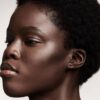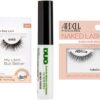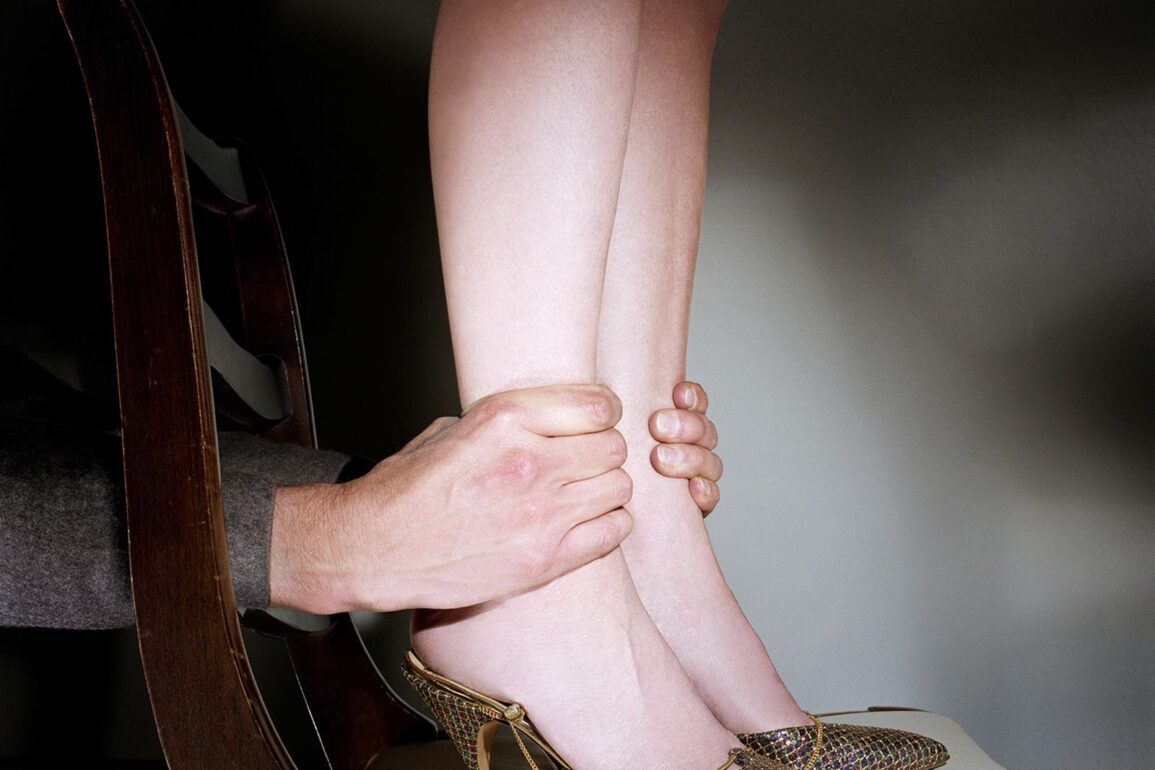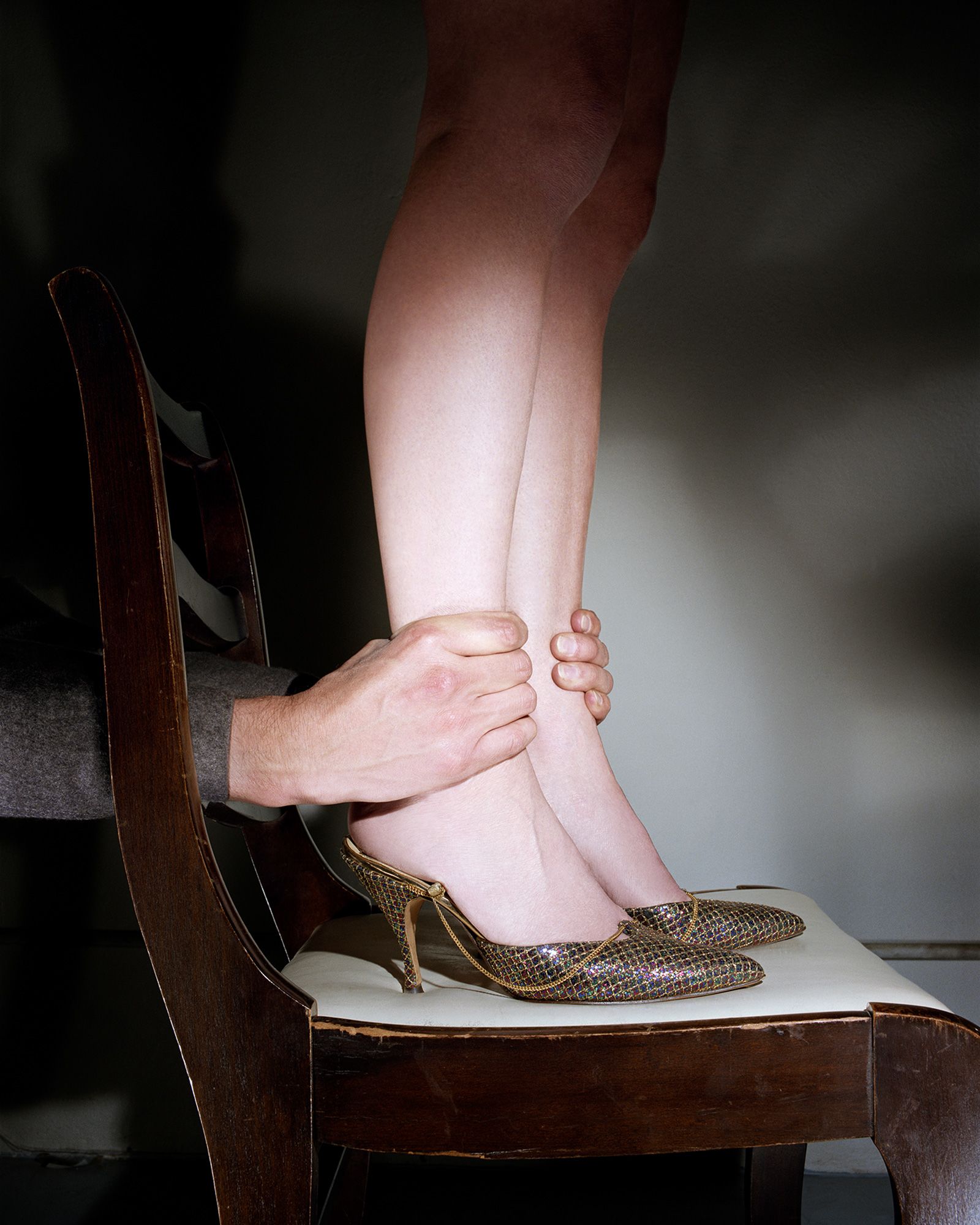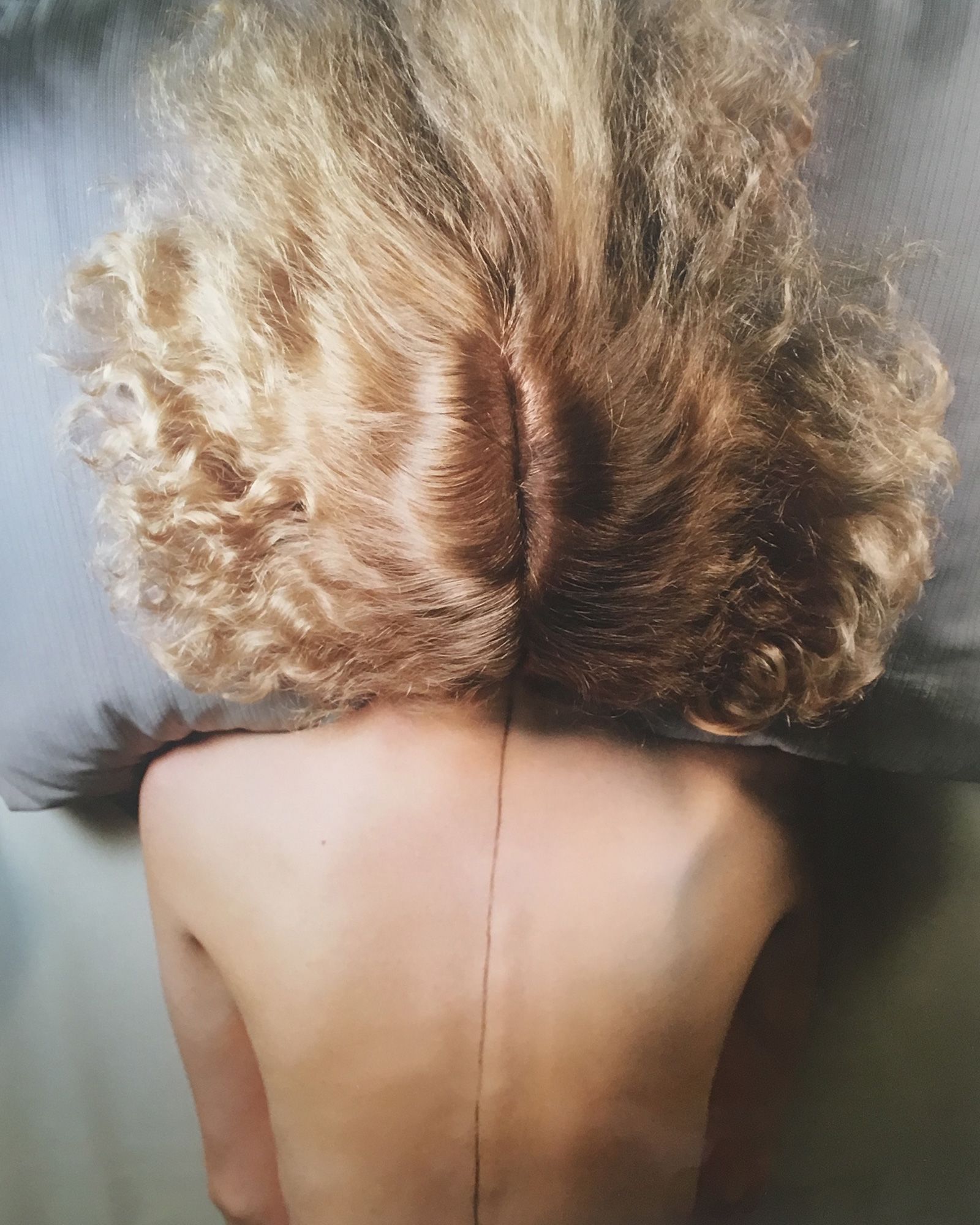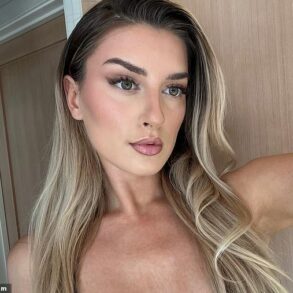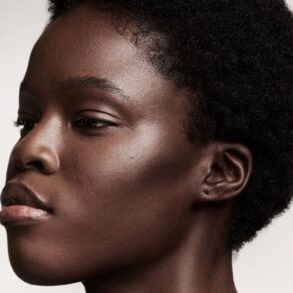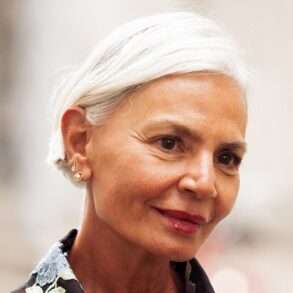Editor’s Note: In Snap, we look at the power of a single photograph, chronicling stories about how both modern and historical images have been made.
CNN
—
In 1977, Jo Ann Callis took a photograph of a woman’s head thrown back, her neck taut and tied with a bow looped together from the thin baby blue straps of her white lace dress. It’s an image that beckons a long look, as the tension heightens in its stillness: the woman’s exposed neck strains at the angle, a light red marking peeking out near the tightly bound choker thread. Just above her shoulder, two wallpaper birds dive together, their beaks nearly touching in either an amorous or aggressive dance.
Though she made the image four and a half decades ago, “Woman with Blue Bow” seems strikingly contemporary — a timeless symbol on the strictures of femininity. It is currently exhibiting in the group show “Del Cielo” at Rosegallery in Santa Monica, California, but has been featured in Callis’ exhibitions over the decades as well as her 2009 book, “Woman Twirling.”
Callis is a pioneer of both staged photography and color film in fine art, with her early work depicting shadowy, intensely psychological portraits of women. Her subjects are often kept anonymous through turned heads and cropped frames. They are images with undercurrents of desire and unease: In one, a man’s hands grab the ankles of a woman in heels standing on a chair; in another, a blonde woman is seen from behind and above in bed, her body divided by a single black line that begins with the part in her hair and continues down her spine.
“All those pictures seem to have a sense of pleasure,” Callis explained in a phone interview. “But it goes back and forth between discomfort and comfort.”
In “Blue Bow,” the model poses with her face away from the camera — “a woman standing for all women,” Callis said. Recently divorced at the time she took the photo, Callis was thinking of the limitations that she had experienced in her life, and the restrictive expectations of her gender. She had returned to graduate school for photography while raising her two young children.
“The world opened up to me,” she recalled, explaining that she’d painted and sculpted at home until then. “When I went back to school, I felt so liberated… So that’s, you know, so that’s what that work was about, just freedom and constraint.”
‘Beautiful, but a little bit off’
Callis made her early color work at the peak of the feminist art movement, as artists including Cindy Sherman, Hannah Wilke and Ana Mendieta were exploring gender, power and politics through images of the female body. Though Callis and her body of work fits neatly within this cohort, it’s not a label that Callis adopted, then or now. “But of course, I guess I am,” she added.
She made “Blue Bow” thinking of her own years as a teenager in the 1950s, when it was standard for women to wear crinolines under dresses — garments “which were terribly uncomfortable,” she noted — and, sometimes, ribbons around the neck for formal occasions. Other constraining fashions came to mind too, from the centuries-long tradition of foot binding in China to more subtle limitations of mobility in garments like pencil skirts, all keeping women’s fashion in line with gendered social expectations.
The red imprint on the model’s neck, alluding to discomfort, was not actually caused by the bow, Callis explained, but was rather an illusion thanks to makeup. It’s just one of the many nuances in her color work that she would not have been able to pull off in black and white. At the time, however, color photography was still seen as gauche in fine art circles, with William Eggleston’s landmark exhibition at the Museum of Modern Art, “Photographs” stirring controversy for its snapshot-like color scenes the year prior.
Like Eggleston and later, the filmmaker David Lynch, among others, Callis saw the potential in tapping into lurid hues that could transform the mood of an image. She was greatly inspired by the images of Paul Outerbridge, who lensed full-color erotic portraits of nude women in the 1930s, decades ahead of his time.
“I thought color would add another emotional element to the work,” she said. “I like sour colors — beautiful, but a little bit off. That’s still the palette I like.”
The cinematic qualities of her work are a nod to filmmakers like Alfred Hitchcock, who also influenced her aesthetic. But she has, in turn, been a source of inspiration for both staged photography as well as filmmaking — notably, Sofia Coppola has cited “Blue Bow” as a photograph she kept returning to in the making of her 2017 film “The Beguiled,” about a Civil War-era school for girls.
“It fits the feeling in ‘The Beguiled’ of frustration and being trapped in ultra-femininity,” Coppola wrote of the photograph in her recent book “Archive.”
The fact that Callis’ image has such staying power is “discouraging, in some ways, that things haven’t changed enough,” Callis said. “In contemporary relationships there is more equality, but not always. Women are often the ones who take care of the home and the cooking, even if they’re working.”
But another theme in her image remains lasting, too, seen in the tension between photographer and subject, and the two birds frozen as they come together, mirrored in their symmetry.
“When you’re in a relationship, it’s a give and take,” she said. “You’re always giving up something in order to get something else.”
This post was originally published on this site be sure to check out more of their content.


